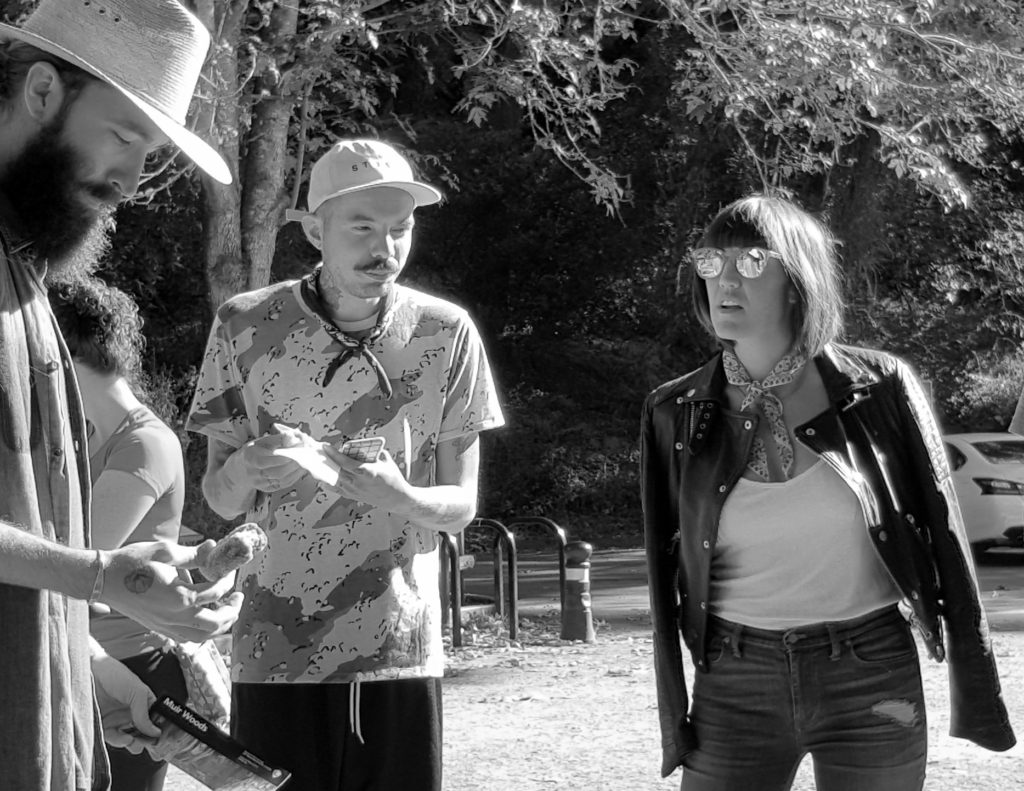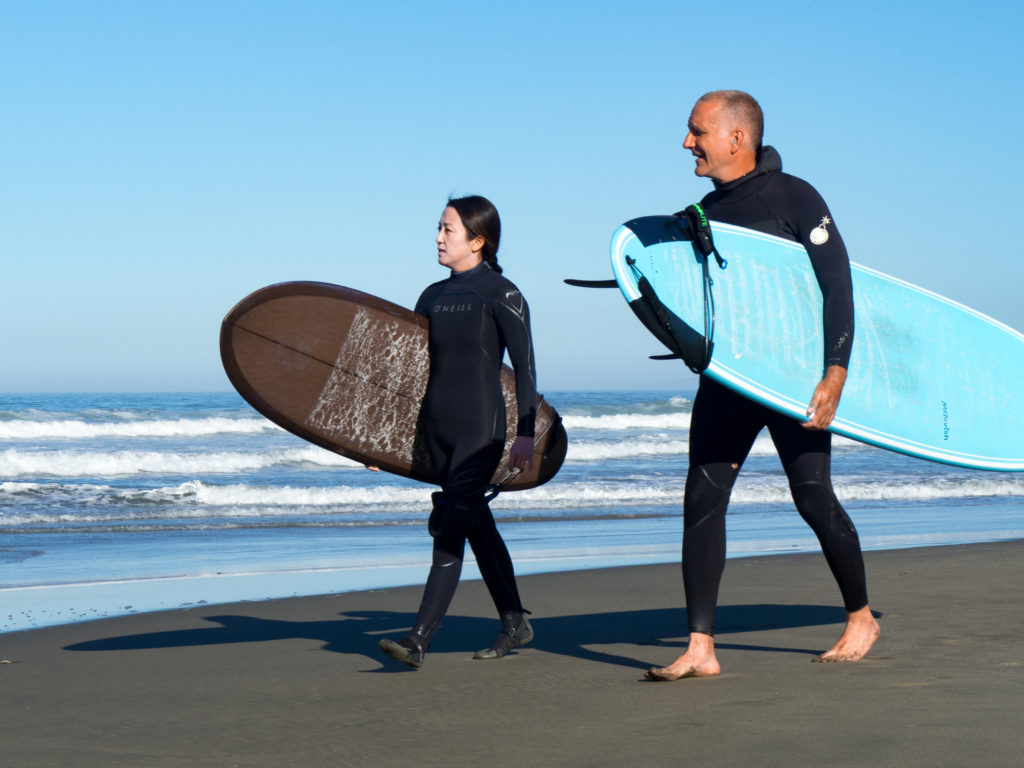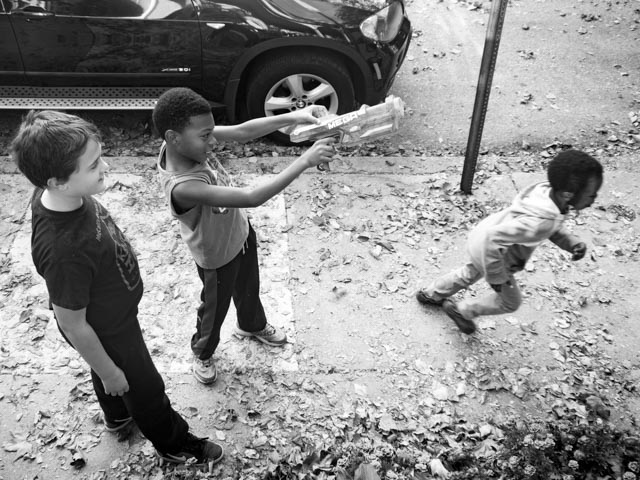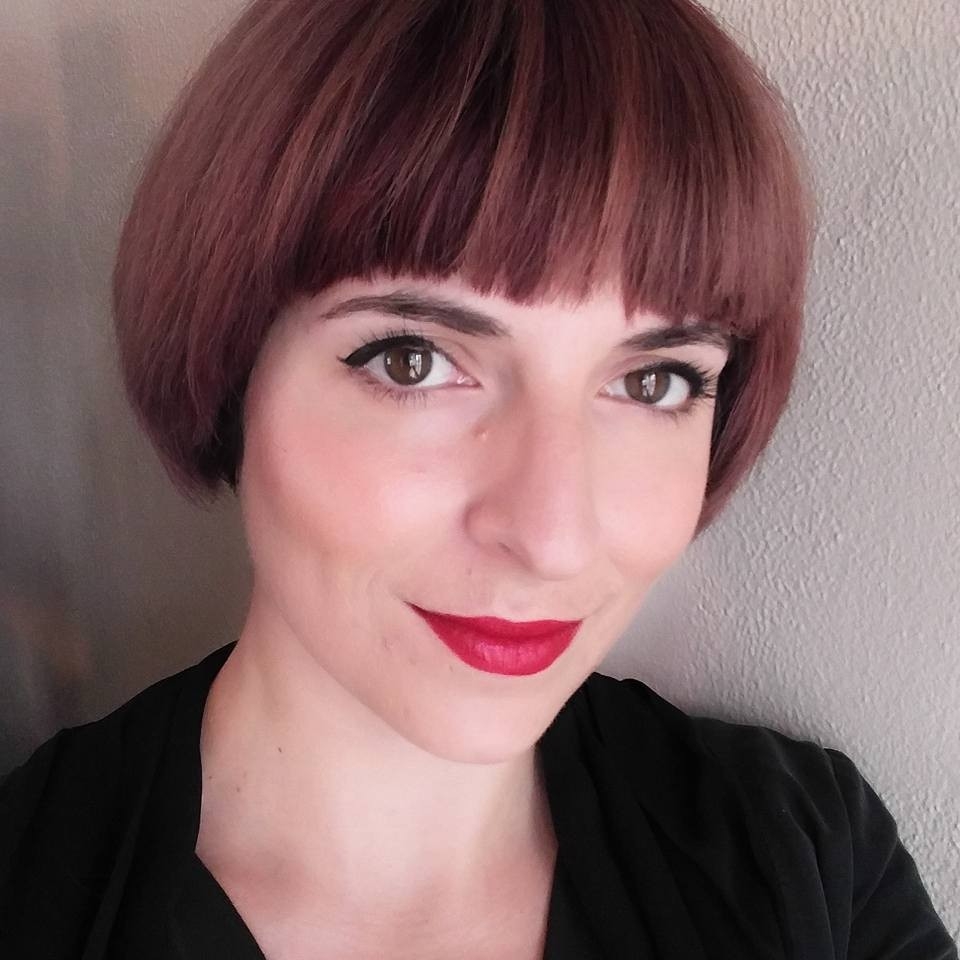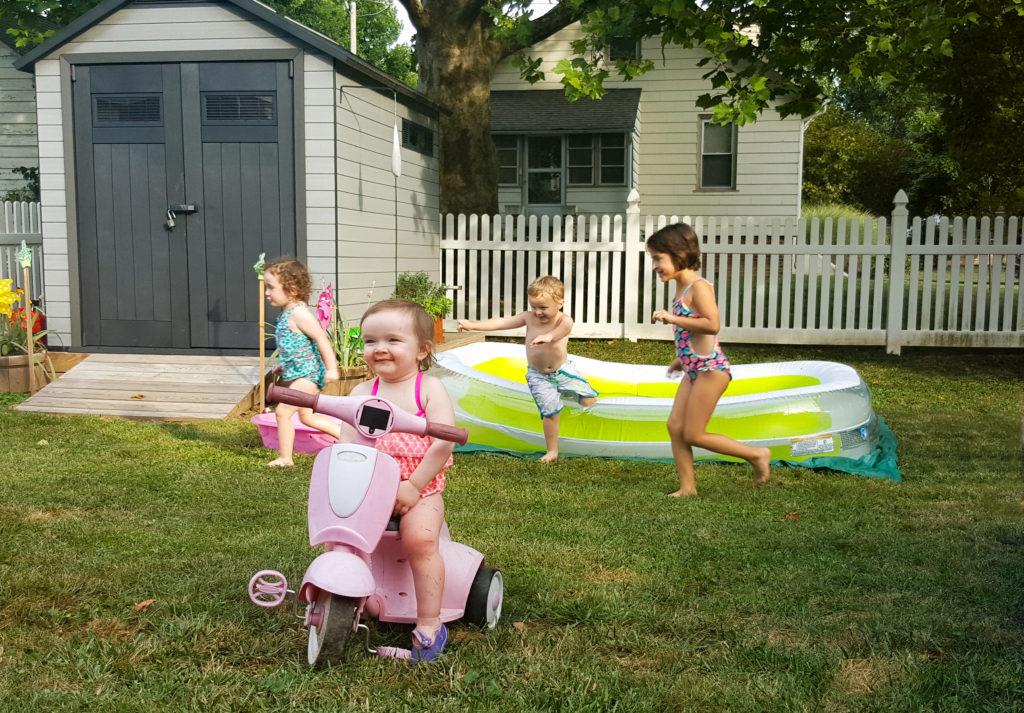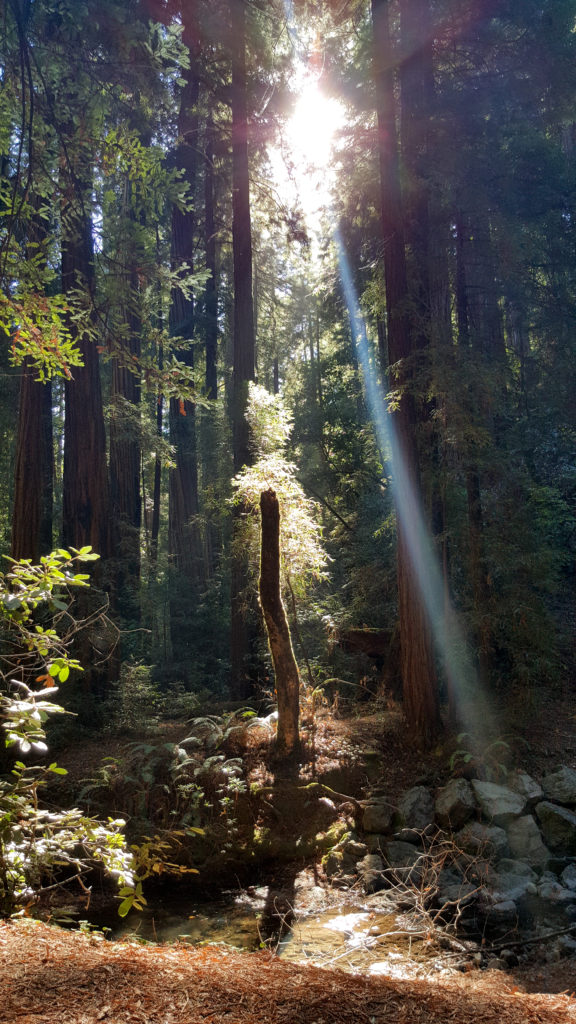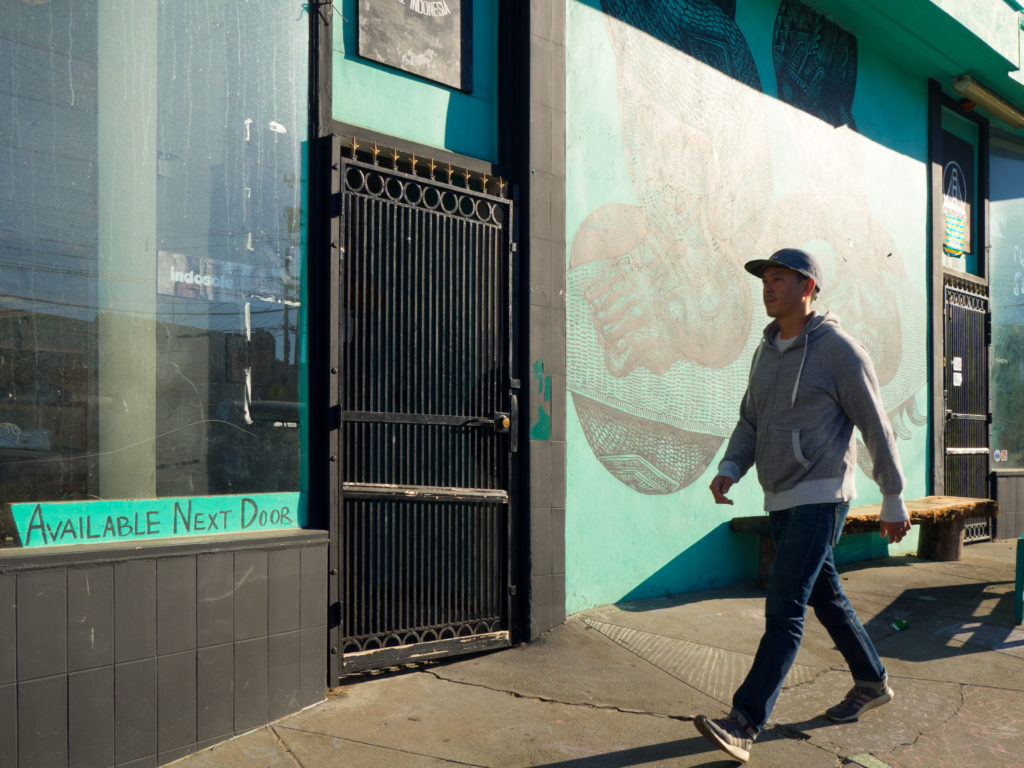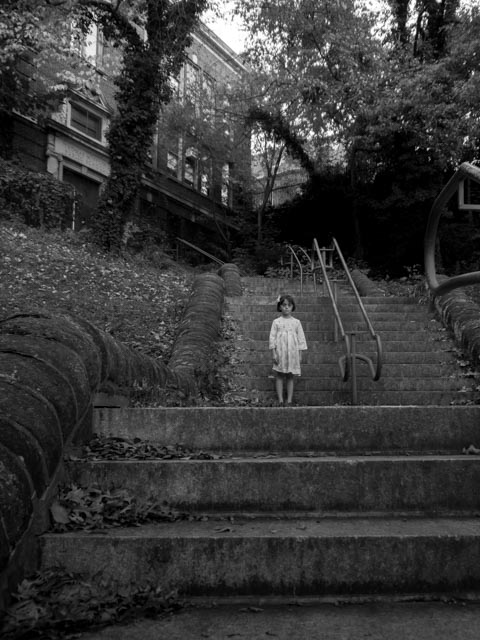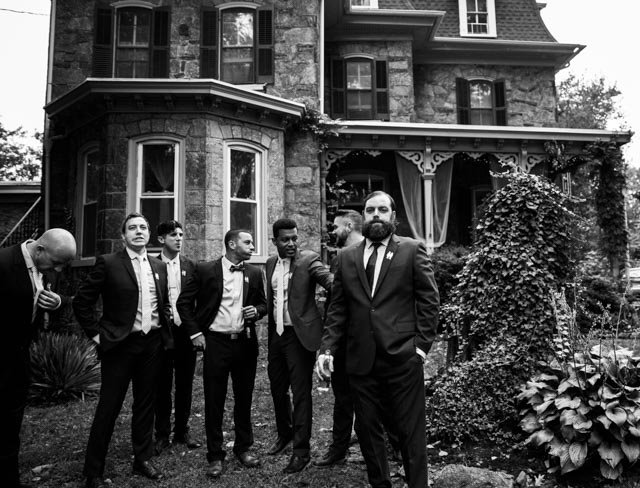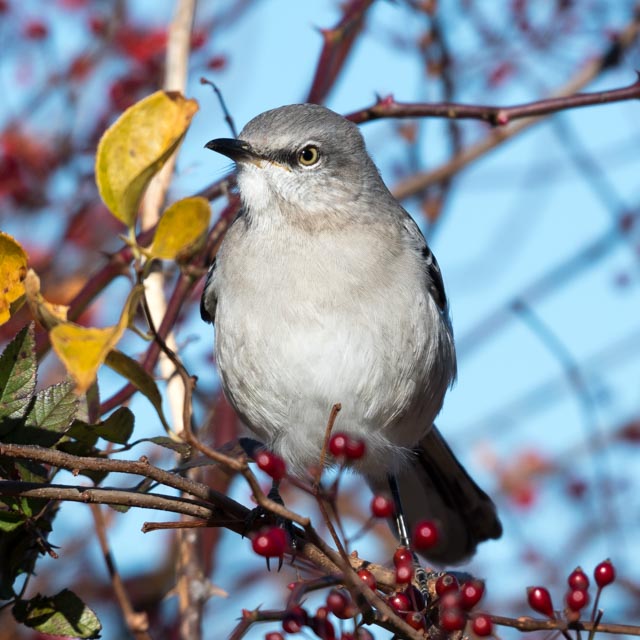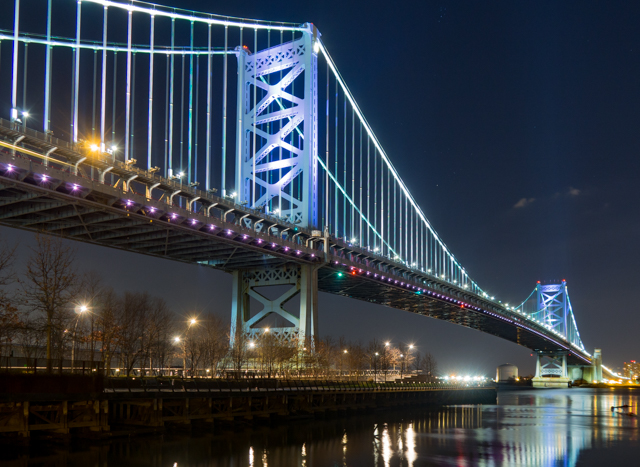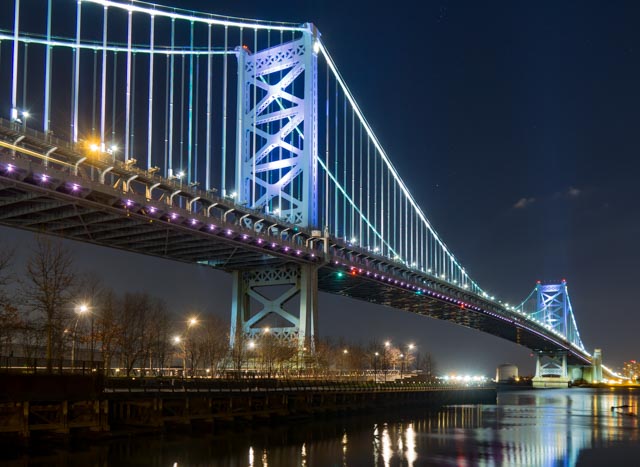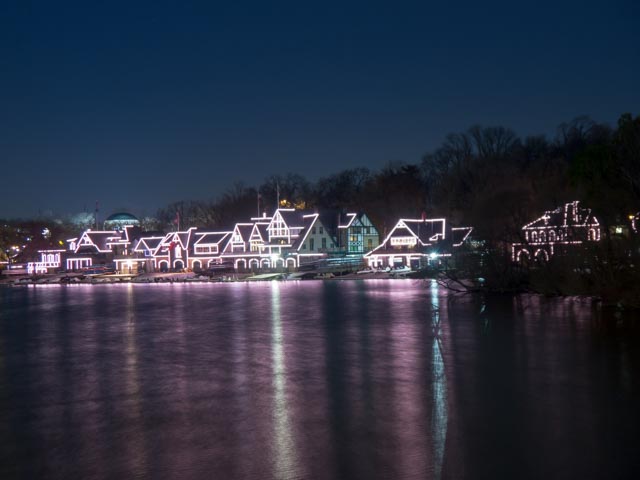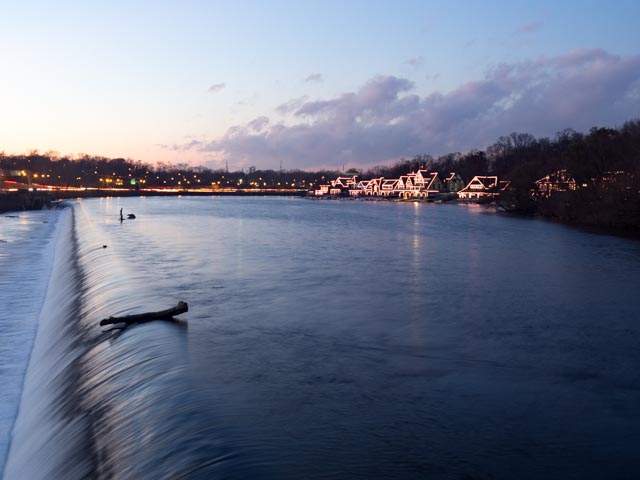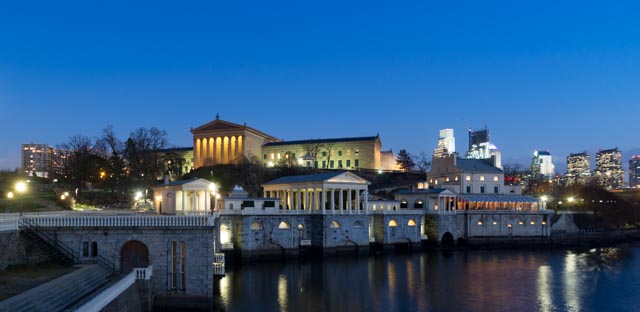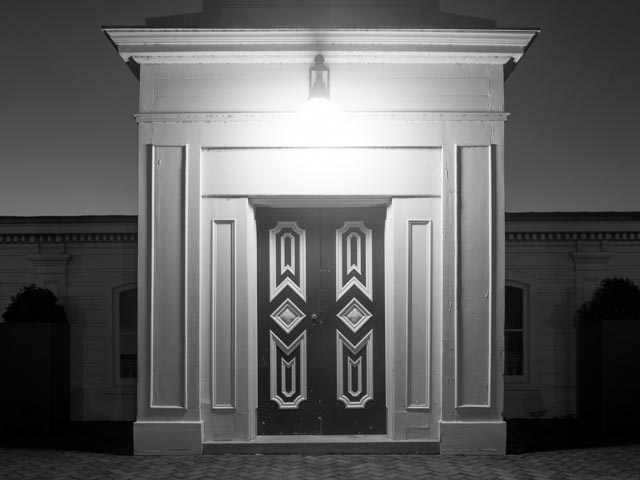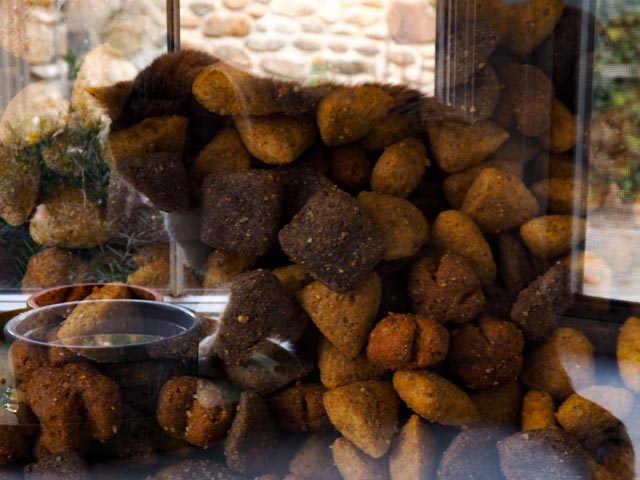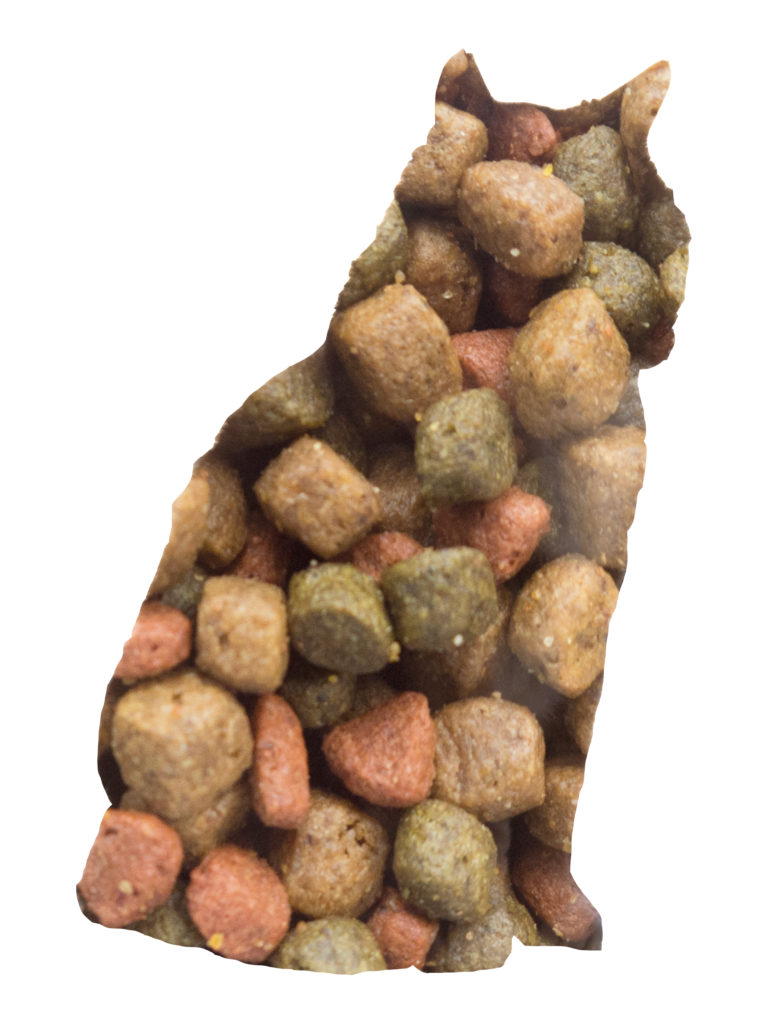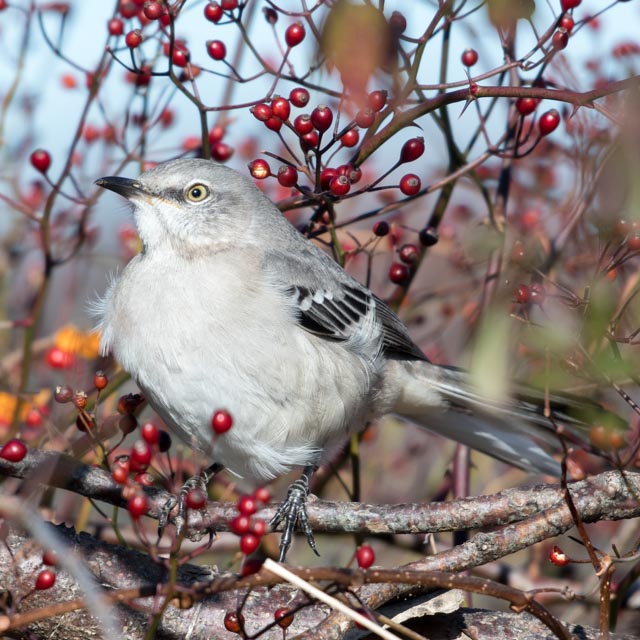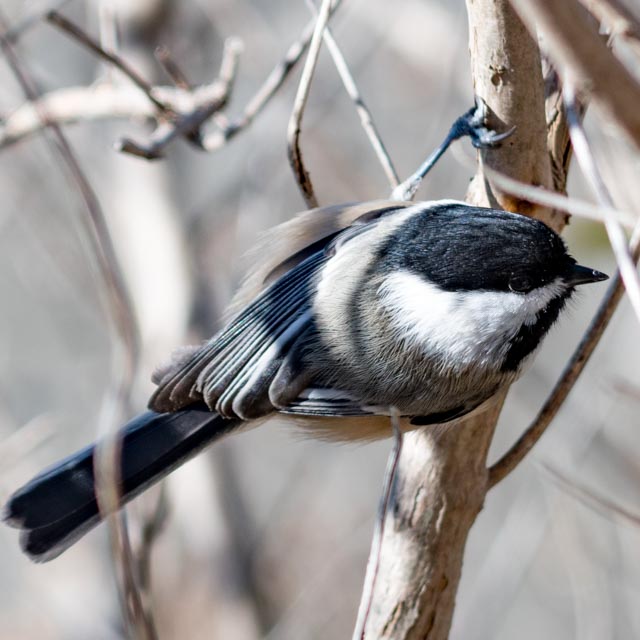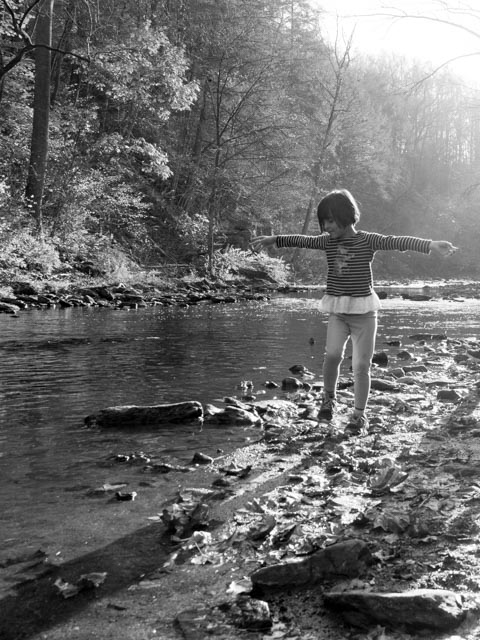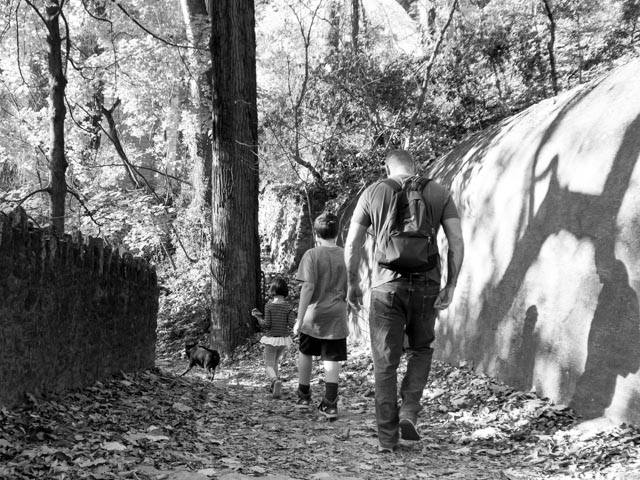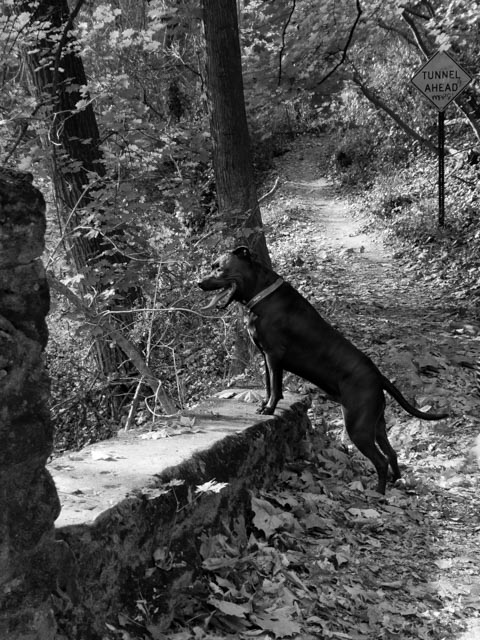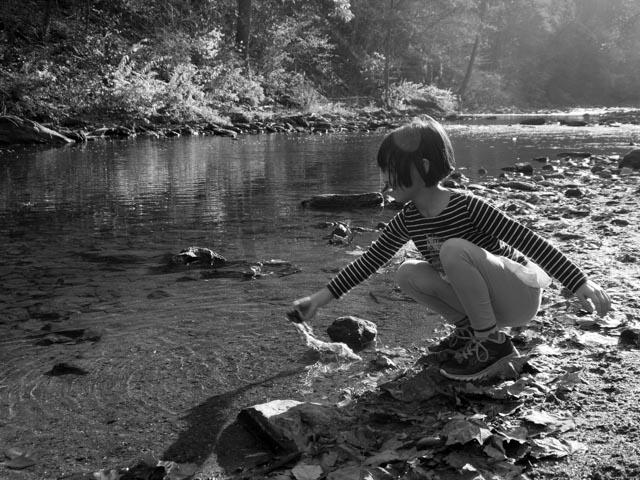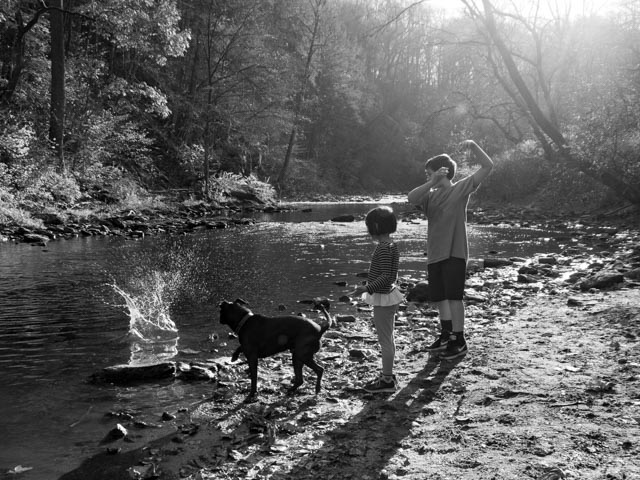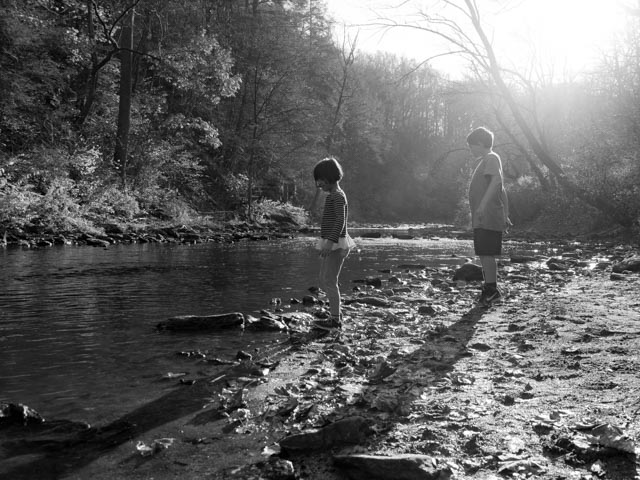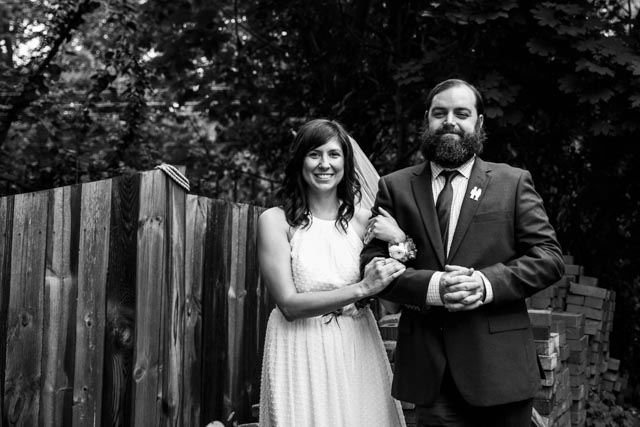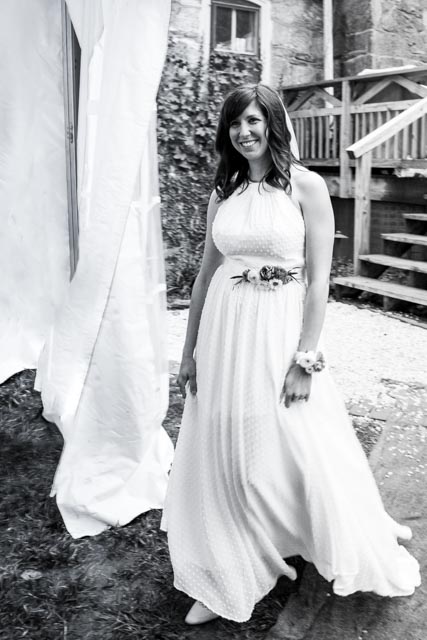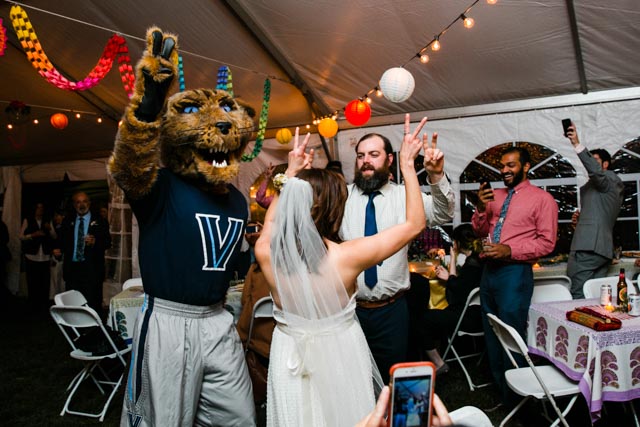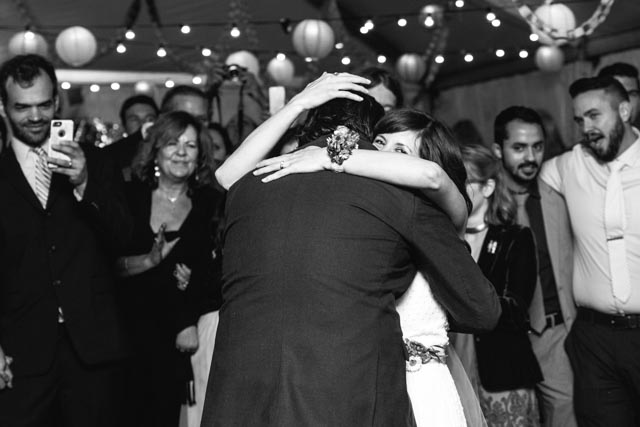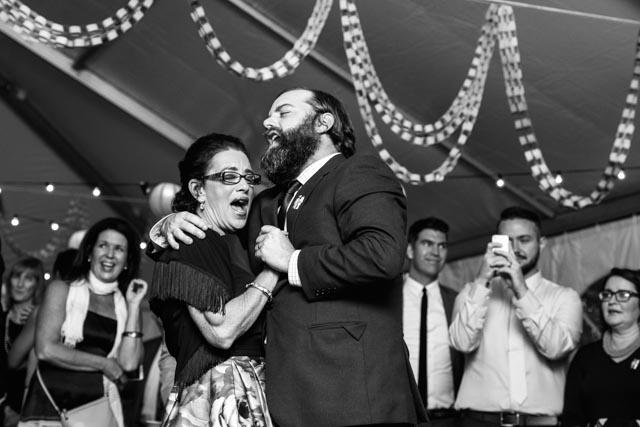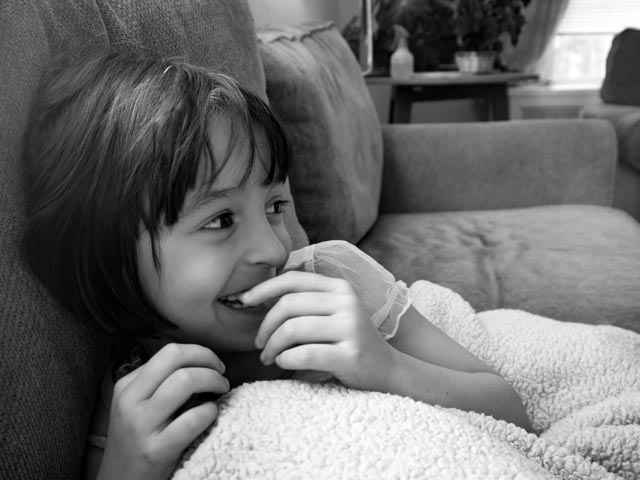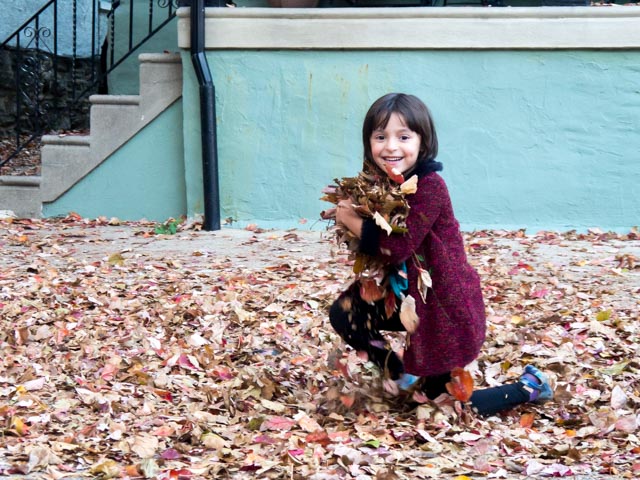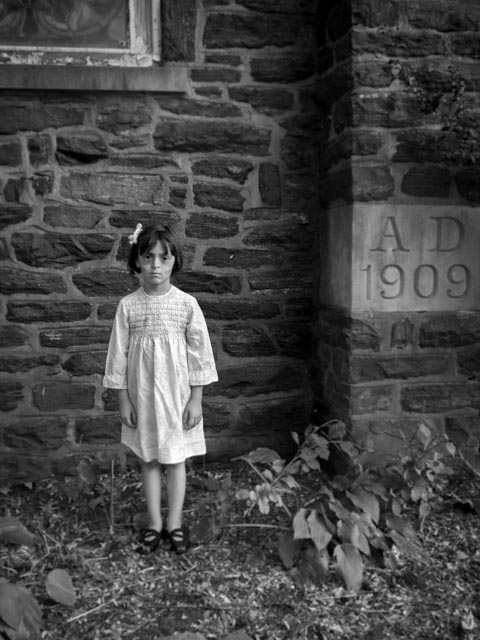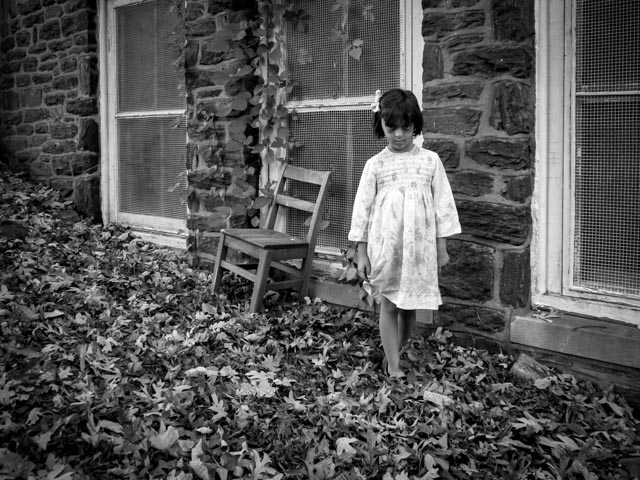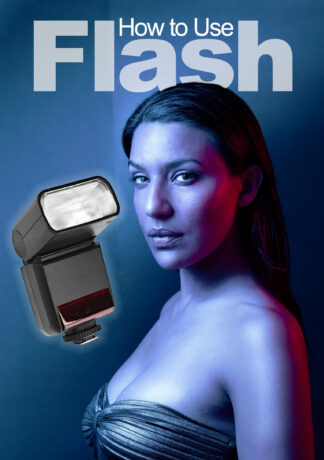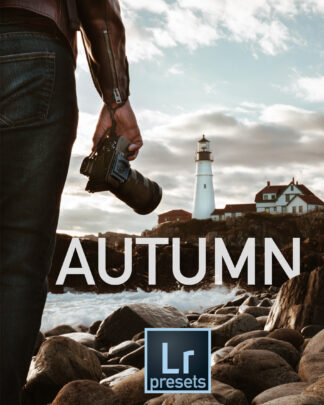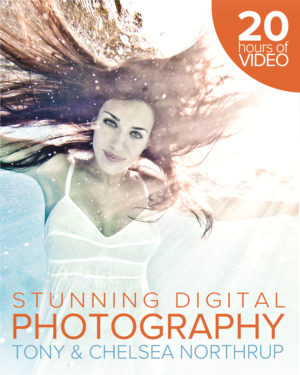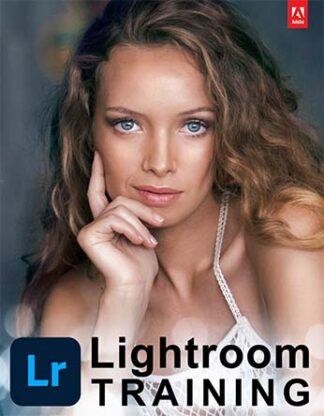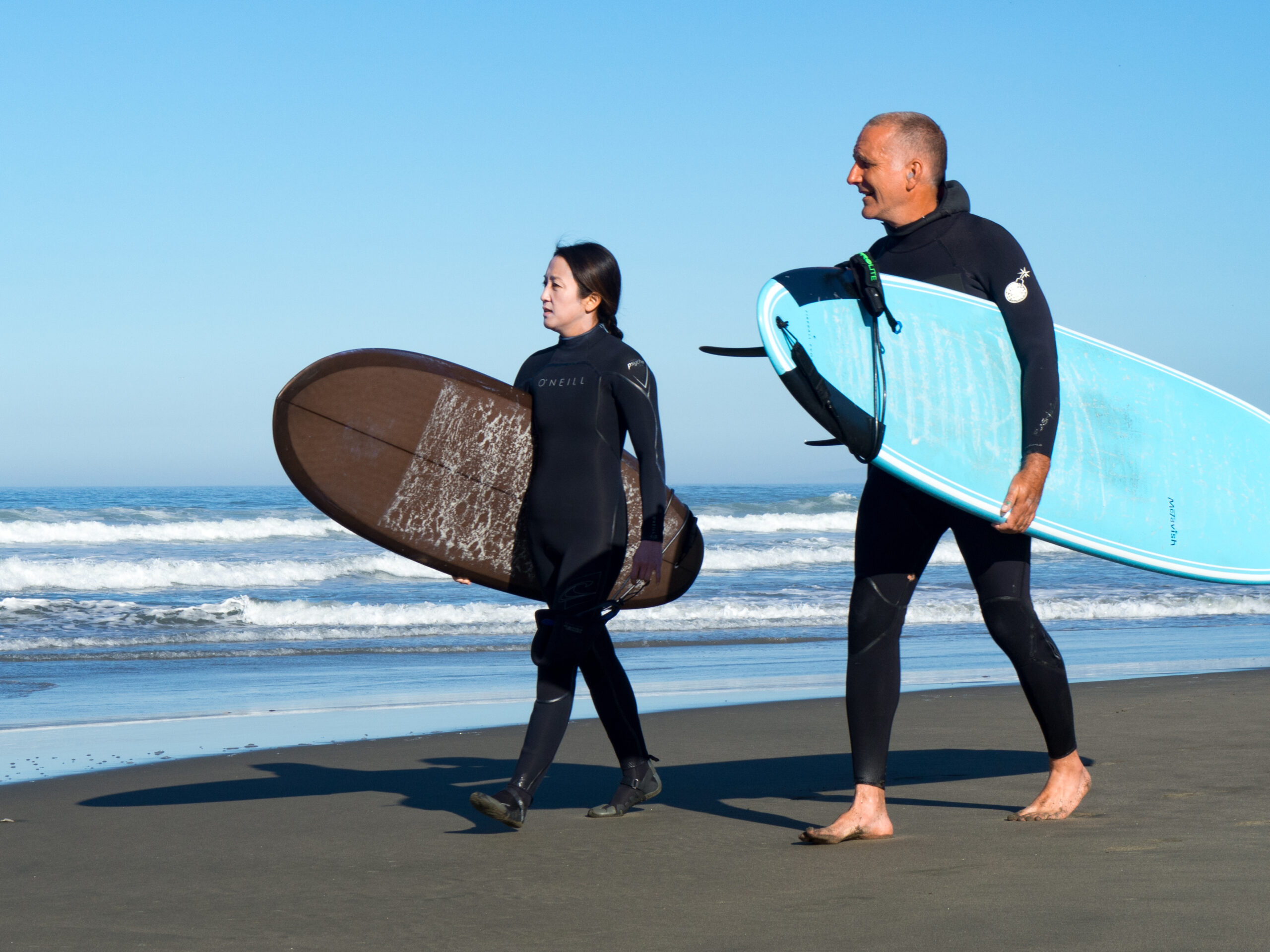
Happy 2017! I’ve been sick for all of it, plus a few days so far, so I didn’t go out shooting this week. But I have plenty of photos to choose from for this topic. “Slice of life” might be my favorite subject matter for photography. I’ve always preferred shooting people and especially candids. I like capturing a brief, fleeting moment in time; an expression, a movement, an interaction. Posed portraits just don’t give you that, they are people’s attempts at looking their best, at being still.
I’m not sure there’s a way to teach this topic, really. Besides using whatever camera settings are appropriate for your setting, the only thing to do is to observe and wait. I covered street photography here, which gives you some tips on how to shoot unobtrusively. For all candid photography, I use live view mode, and flip out the screen on my E-M10 so that people can’t tell when I’m shooting. If you’re shooting strangers, they tend to think you’re not shooting them, but something else in the scene. If you’re taking photos before and after they appear in frame, they’ll assume they aren’t the subject. If you’re shooting your friends and family, or at an event, just shoot excessively. At first people will be stiff, knowing they’re being photographed, but they’ll loosen up once they get used to you there.
Here are some of my favorite “slice of life” shots from the past year:
Shot on my Samsung smartphone, so the settings were automatic. 1/390th, f/1.9, ISO 40.
I love her expression and body language, her gaze bringing you to his, which leads you down. You even get some context of where we are by the pamphlet he’s holding.
Shot with the Olympus E-M10 at 1/400th, f/11, ISO 200. Not sure what I was thinking for the settings on this one, my shutter speed and f/stop were higher than necessary.
My first time shooting California surfers in the wild.
Shot with the E-M10 at 1/250th, f/3.5 at ISO 200.
This feels like a perfect childhood moment to me. The expressions of anticipation, the motion of the boy in front. The car in the background is unfortunate, but that’s city living for you.
Shot with the E-M10 at 1/250th, f/4.5 at ISO 200.
I shot with the sun behind her, with a shutter speed to freeze her but get the motion of her hand and the water.
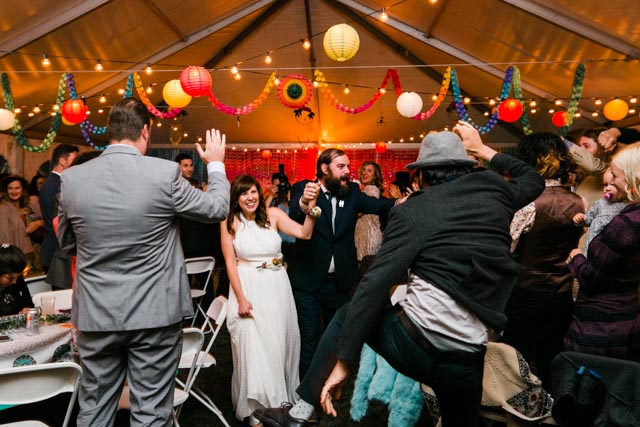 Shot with the 5D Mark III and a 24-70 f/2.8 at 1/60th, f/4 and ISO 1250.
Shot with the 5D Mark III and a 24-70 f/2.8 at 1/60th, f/4 and ISO 1250.
I love the joy and energy in this shot. The bride seeing her friend’s crazy dance, the groom shaking hands.
Do these shots work for you? It’s hard to objectively look at your own photos sometimes, especially if they’re of people you know and love.
Do you enjoy shooting candids? What do you do to capture a specific moment? Join us for the live show this Thursday to see more “slice of life” shots.

